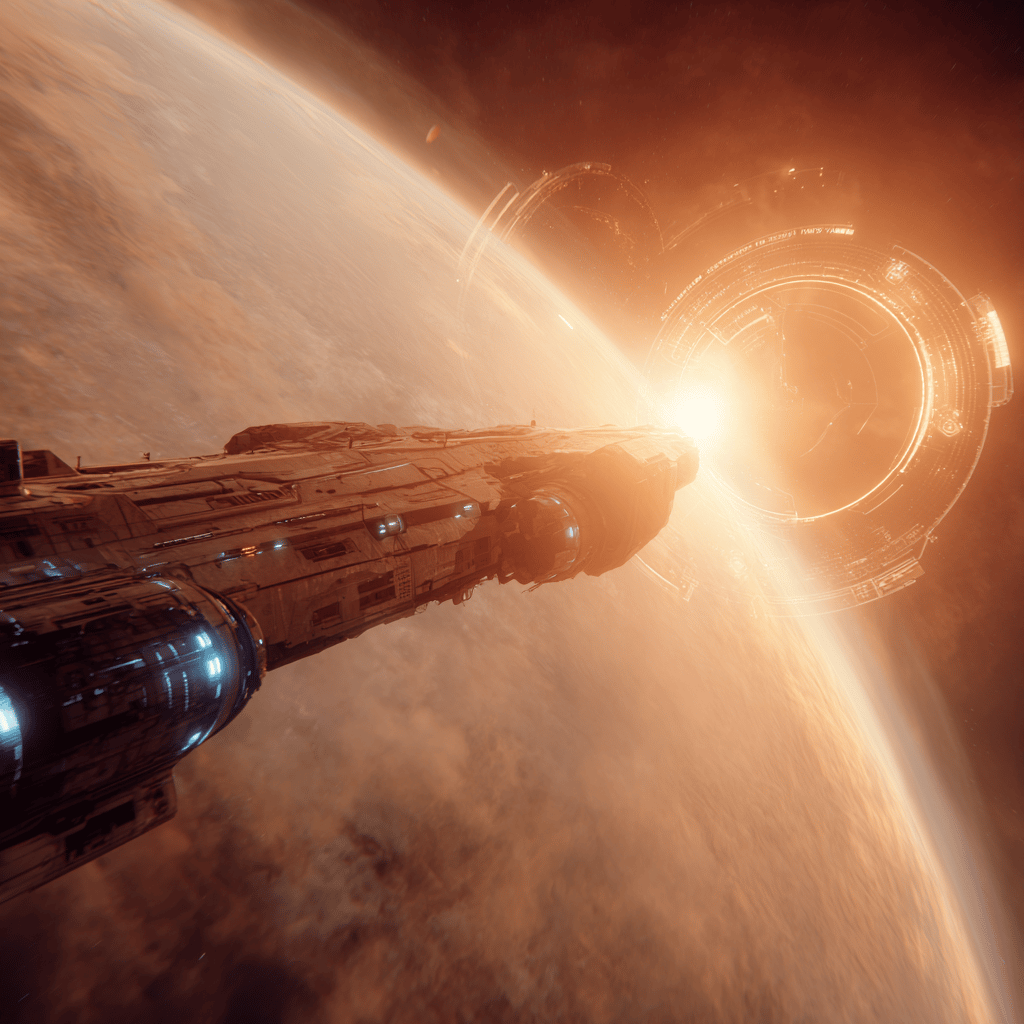An unusually massive interplanetary spacecraft, tasked with one of the most ambitious explorations of our era, is currently engaged in a carefully planned eight-year odyssey to the distant realm of Jupiter. Its trajectory, far from being a straightforward journey, relies on intricate celestial mechanics, making strategic use of the gravitational fields of Earth and Venus to gain the momentum required to reach the largest planet in our solar system. However, only weeks before a crucial encounter with Venus, an event that is instrumental for the mission’s success, the European Space Agency’s JUICE probe—short for JUpiter ICy moons Explorer—unexpectedly ceased to respond, plunging the mission team into a state of grave concern and threatening the viability of this irreplaceable planetary flyby.
The loss of communication presented an emergency of the highest order. With their spacecraft hurtling silently through the void at a distance of millions of miles, mission engineers had to take swift and decisive steps under immense time pressure. The stakes were undeniable: without urgent corrective measures, JUICE would be unable to execute the delicate maneuvers required to harness the gravity of Venus, thereby compromising its trajectory toward the Jovian system.
Ultimately, after a race against the clock, engineers determined that a stubborn software irregularity had disrupted the spacecraft’s antenna operations, drastically weakening its signal and effectively cutting its voice off from Earth. By diagnosing the problem and painstakingly restoring communications, they succeeded in reviving the spacecraft and equipping it for its imminent Venus gravity-assist scheduled for August 31. This unexpected recovery not only preserved the mission but also underscored the resilience and ingenuity of the control team guiding JUICE on its interplanetary voyage.
The first indication of disaster struck on July 16, when ESA’s deep-space ground facility in Cebreros, Spain, was unable to make contact with JUICE as it passed overhead. Such silence from a spacecraft is alarming, as a complete communication failure often denotes a fallback into survival mode—a last-resort state that activates during major system errors. According to Angela Dietz, JUICE’s spacecraft operations manager, the absence of telemetry created an almost insurmountable challenge, depriving mission control of the diagnostic data typically required to unravel the root of such malfunctions. Although the spacecraft had an automated reset scheduled after fourteen days, the team could not afford to remain idle. Waiting until then would jeopardize essential preparations for the Venus encounter. As Dietz emphasized, swift intervention was the only possible course of action.
In the absence of a confirmed link with JUICE, engineers resorted to broadcasting commands blindly into the cosmic expanse, directing their efforts toward the estimated position of the spacecraft. This effort was far from trivial: JUICE was located approximately 124 million miles, or nearly 200 million kilometers, from Earth, situated on the far side of the Sun. The vast distance ensured a built-in delay, with each signal requiring eleven minutes to reach the spacecraft and another eleven minutes for any response to return, stretching every command operation into a tense twenty-two-minute cycle of uncertainty.
At long last—nearly twenty hours after the first desperate attempts—a faint reply was detected. Relief swept through the control team as the response confirmed that JUICE remained structurally sound, with no critical system failures detected. The culprit, it was revealed, was an elusive and rare timing anomaly within the spacecraft’s software. JUICE’s communication system employs an internal counter that restarts from zero every sixteen months. If the system’s amplifier control coincides with this reset, the amplifier switches off at precisely the wrong moment, silencing outgoing transmissions and leaving Earth in the dark. It was this peculiar synchronization that had led to the spacecraft’s unintended radio silence.
Having identified and corrected the malfunction, engineers are now formulating additional strategies to prevent a recurrence. As Dietz explained, the team is weighing a range of potential solutions to ensure JUICE’s transmissions remain robust and detectable throughout its years-long journey into deep space.
The broader mission remains both extensive and scientifically profound. Launched on April 14, 2023, JUICE carries a sophisticated assortment of instruments, designed to investigate Jupiter and three of its most enigmatic natural satellites—Ganymede, Europa, and Callisto—worlds believed to harbor vast subsurface oceans beneath their icy crusts. Carrying a total mass of approximately 13,227 pounds (6,000 kilograms), JUICE is scheduled to arrive at Jupiter in 2031. To achieve the necessary velocity and trajectory for arrival, it must undergo four gravitational assists. The imminent Venus passage represents the second of these, to be followed by two additional flybys of Earth in 2026 and 2029, each one providing the essential kinetic boost to propel the spacecraft toward its remote destination.
For now, with communications restored and preparations back on track, ESA’s ambitious mission stands as a testament to human perseverance, technical mastery, and the unwavering commitment to unraveling the mysteries hidden within the giant planet Jupiter and its captivating moons.
Sourse: https://gizmodo.com/last-minute-software-patch-saves-jupiter-probe-ahead-of-critical-venus-flyby-2000648893



